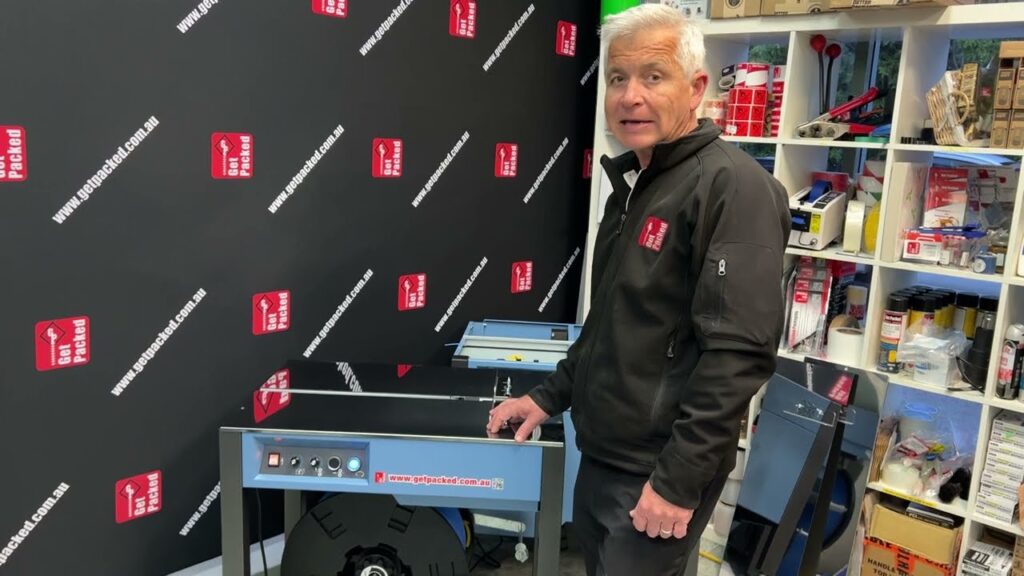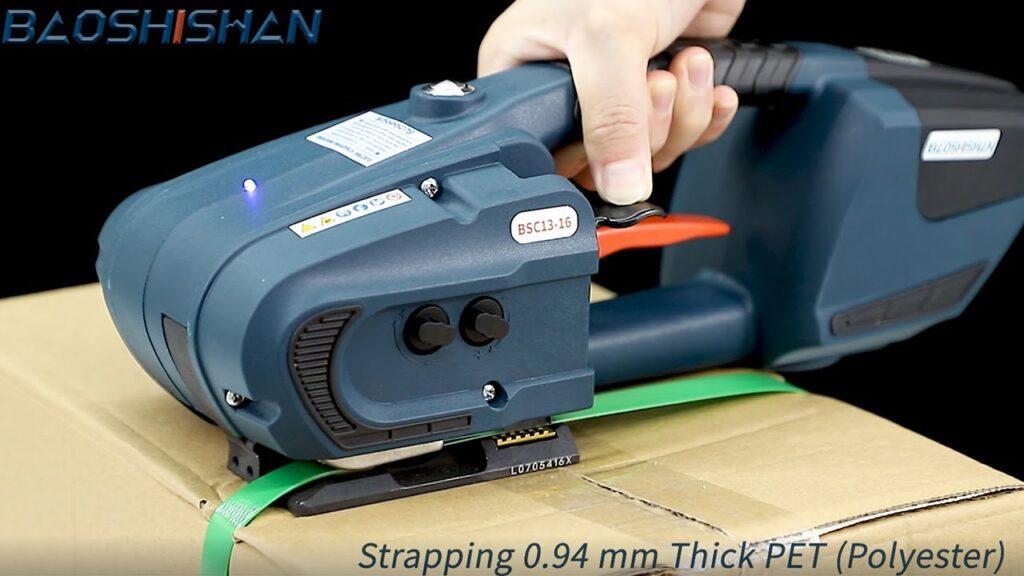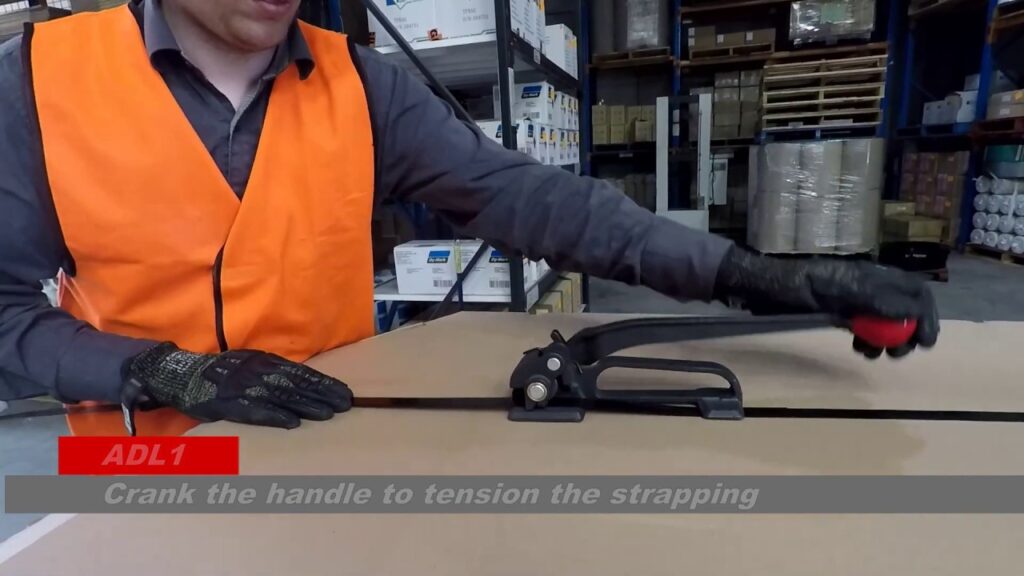How to Feed Plastic Strapping onto a Semi-Automatic Strapping Machine
Strapping machines play a vital role in securing packages and ensuring their safe transport. From smaller packages to larger pallets, these machines help to maintain the integrity and security of shipments. One popular type of strapping machine is the semi-automatic strapping machine, which offers a balance between efficiency and ease of use. In this article, we will explore the process of feeding plastic strapping onto a semi-automatic strapping machine and provide a step-by-step guide to help you master this task.
Feeding plastic strapping onto a semi-automatic strapping machine might seem like a straightforward process, but it does require proper technique and attention to detail. The following steps will guide you through the process:
Step 1: Prepare the machine and the strapping
Before you begin, it is essential to ensure that the strapping machine is in good working condition. Check for any loose parts or damage that may affect its performance. Additionally, make sure you have the necessary plastic strapping readily available. Ensure that the strapping is compatible with your machine and is of the appropriate size and strength for your packaging needs.
Step 2: Thread the strapping onto the machine
To get started, locate the strapping guides on the machine. These guides are designed to hold and direct the strapping throughout the process. Position the plastic strapping over the guides, making sure it is properly aligned. This will ensure a smooth and consistent feeding process.
Step 3: Insert the strapping into the strapping head
Once the strapping is correctly positioned over the guides, locate the strapping head. This is the part of the machine that will tension and seal the plastic strapping. Insert the strapping into the strapping head, ensuring that it is securely in place. Some machines might have a lever or a button to release the strapping head, allowing you to easily feed the strapping through.
Step 4: Adjust the tension and seals
Before you begin strapping, it is essential to adjust the tension settings and seals based on your packaging requirements. Most semi-automatic strapping machines offer adjustable tension controls to ensure the right amount of tension is applied to the strapping. Similarly, check the seal settings to ensure a secure and reliable seal.
Step 5: Start the strapping process
With the strapping properly inserted and the tension and seals adjusted, you are ready to start the strapping process. Activate the machine according to the manufacturer's instructions, often achieved by pressing a button or pulling a lever. The machine will automatically feed the strapping, tension it, and seal it, resulting in a neatly secured package.
Step 6: Repeat for additional packages
If you have multiple packages to strap, repeat Steps 2-5 for each one. Remember to adjust the tension and seals as necessary for each package, as different sizes and weights may require varying levels of tension.
By following these steps, you can effectively feed plastic strapping onto a semi-automatic strapping machine. As with any machinery, always refer to the manufacturer's instructions for your specific model to ensure safe and proper operation. With practice, you will become proficient in strapping packages efficiently and securely.
In conclusion, a semi-automatic strapping machine is a valuable tool in any packaging operation. By mastering the process of feeding plastic strapping onto the machine, you can streamline your packaging process, save time, and ensure the safe transport of your packages. Remember to always prioritize safety and consult the manufacturer's instructions for your specific machine model. Happy strapping!
Strapping Machines
"Efficiently Load Strapping onto Semi-Automatic Strapping Machine: A Step-by-Step Guide"


